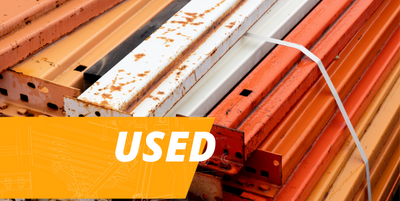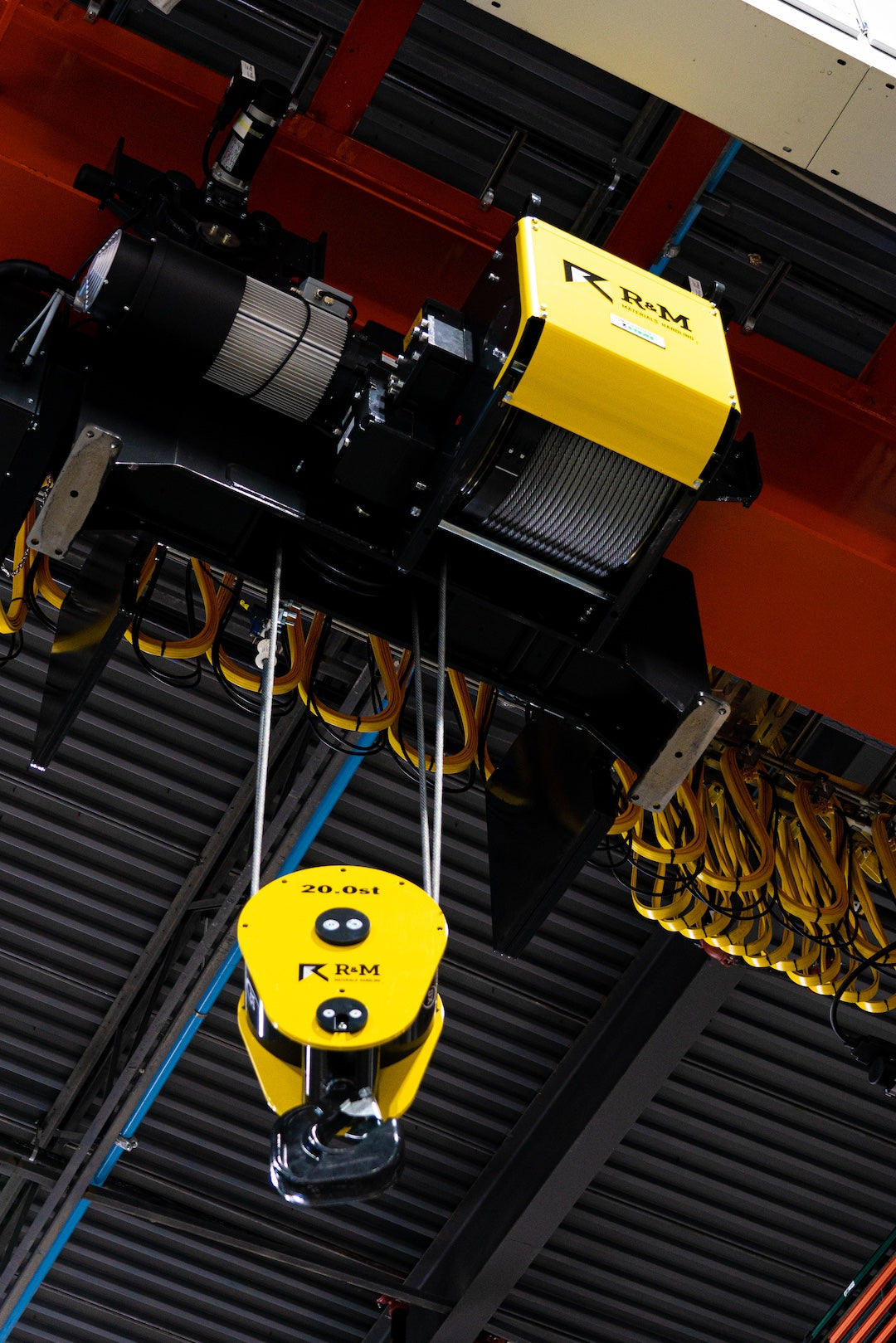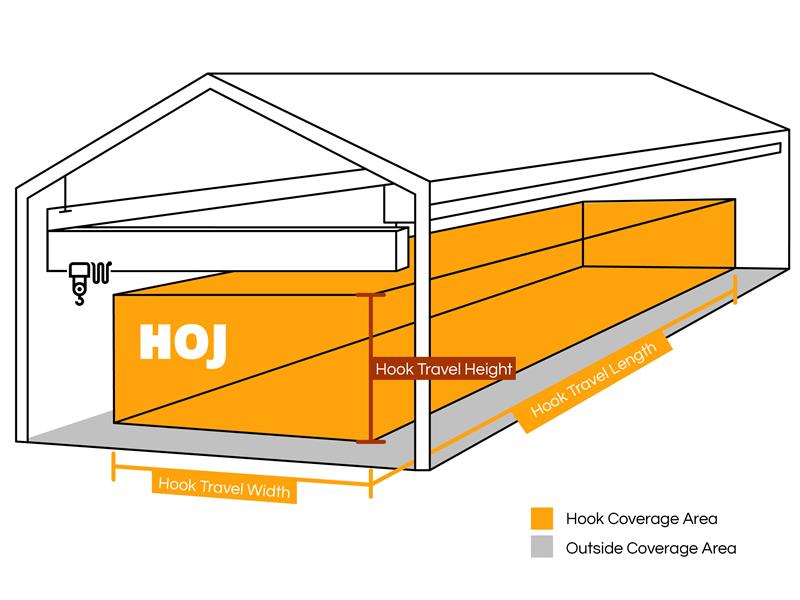Your Cart is Empty
![Micro-Fulfillment is here, But What is it? [Breakdown]](http://hoj.net/cdn/shop/articles/image2_386cb041-dd32-4d9a-9ba3-aeb0b3c896d0_1600x.jpg?v=1666212974)
Micro-Fulfillment is here, But What is it? [Breakdown]
What is Micro-Fulfillment? In short, it is a smaller, more efficient way to store and fulfill orders. It relies on technology to automate the process as much as possible, which cuts down on labor costs and makes fulfillment faster and easier.
Micro-fulfillment centers are already being used by some of the biggest names in retail, including Walmart, Costco, and Amazon. And there are many other companies that are looking into using this technology to streamline their own fulfillment operations.
Here's a closer look at why micro-fulfillment is becoming so popular and how it can benefit businesses of all sizes.
How Micro-Fulfillment Works
Micro-fulfillment centers are smaller than traditional warehouses but are much more densely packed with inventory. This allows for quicker and easier picking of items because they are all stored in one place.
Since micro-fulfillment is generally fully automated, robot pickers are used to retrieve items from shelves and bring them to packing stations. This further reduces labor costs and increases accuracy by minimizing human error.
The Benefits of Micro-Fulfillment

There are many benefits associated with micro-fulfillment, including improved efficiency, lower labor costs, and faster delivery times. In today's competitive retail landscape, these benefits can make all the difference for a company's bottom line.
Efficiency: One of the biggest benefits of micro-fulfillment is that it is much more efficient than traditional warehouses. Items are stored closer together, which minimizes travel time for employees. Additionally, automated systems like conveyor belts and robotic pickers further increase efficiency by reducing the need for manual labor.
Lower Labor Costs: Because micro-fulfillment is more efficient, it requires fewer employees to operate. This can lead to significant savings on labor costs. Additionally, the use of robots to pick items further reduces labor costs by eliminating the need for human workers altogether.
Faster Delivery Times: Last mile delivery has been one of the largest issues in the industry to develop another big benefit of micro-fulfillment is that it can help businesses get orders out the door faster.
This is because items are stored closer together and can be retrieved quickly by automated systems. Additionally, shorter travel distances mean that orders can be delivered to customers more quickly.

Cost Effective Alternative
One of the main reasons that more companies have not onboarded this incredible technology is that fully automated micro fulfillment is incredibly expensive. The upfront cost alone can be a serious setback not to mention the yearly maintenance costs.
If you would like to learn more aboutWhy Micro-Fulfillment is only for Fortune 500 Companies check out this article.
If you want to see the same benefits for a fraction of the costs and but just as effective, check out WarehouseOS. It uses industry leading software that empowers your workers to pick and ship faster than ever before.
With it’s intuitive and easy learn design many companies see cost per package shipped cut in half, and training time for new employees fall to just 30 minutes.
It’s the new type of Micro-fulfillment that is upsetting the industry. Call us for a free product tour
Conclusion
Businesses of all sizes are beginning to realize the benefits of micro-fulfillment over traditional warehousing and fulfillment methods. Micro-fulfillment offers increased efficiency, lower labor costs, and faster delivery times - all of which can give companies a competitive edge in today's retail landscape.
If you're looking for a way to streamline your fulfillment operation, micro-fulfillment just might be the answer you're looking for.








